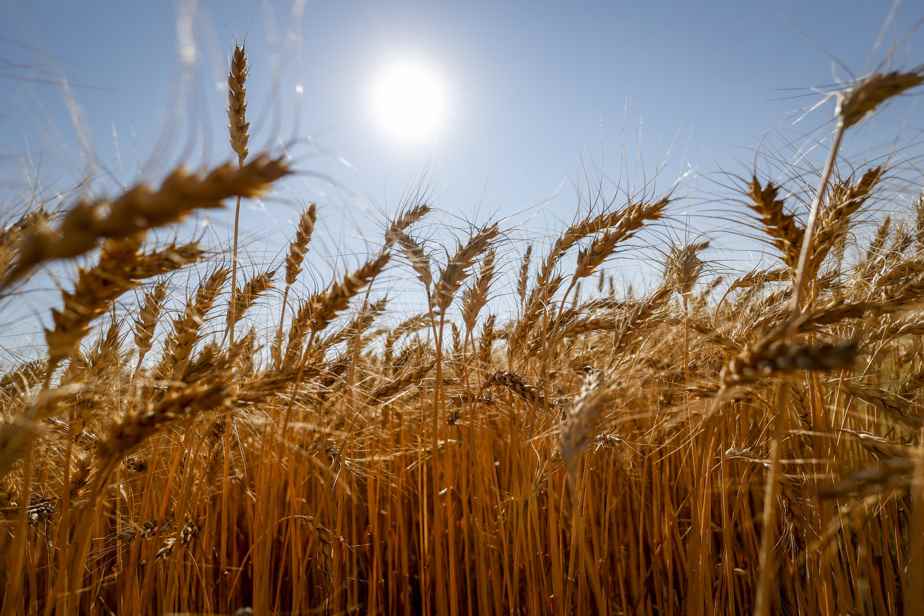(Paris) The heat waves which are already increasing under the effects of climate change could put the agricultural sector in a situation of “extreme risk” by 2045 in around 60 countries representing nearly three quarters of food production, according to a published analysis. Thursday.
Posted at 7:08 p.m.
“Heat stress”, which combines temperature levels and the difficulty of working outdoors in certain climatic conditions, already reaches this level of “extreme risk” in 20 countries, including India, a global agricultural giant, according to this study. carried out by the British risk analysis firm Verisk Maplecroft.
Future projections, based on a scenario of a warming of 2°C compared to the pre-industrial era from 2045, show that by this date 64 countries, representing today 71% of world food production, would be affected by this “extreme risk”.
Among them, major agricultural producers – still India, but also China, Brazil and the United States.
“With rising global temperatures and heat stress, we will see production affected in more temperate countries,” said Will Nichols, director of climate and resilience at Verisk Maplecroft.
“There is a real concern that people in rural areas, which are highly dependent on agriculture, will be much more exposed to these heat spikes in the future,” Mr Nichols said.
India, which with 12% of global food production in 2020 is the only major agricultural power already in the “extreme risk” category, is thus extremely dependent on an abundant agricultural labor force.
Climatic extremes could therefore have consequences on productivity and indirectly affect the major economic balances of certain countries, triggering crises with possible consequences on socio-political stability.
In projections to 2045, nine of the 10 countries most at risk are in Africa, including Ghana, the world’s second largest cocoa producer.
Among the 20 most threatened countries are also major Asian rice producers, Cambodia, Thailand or Vietnam. In the latter country, many farmers are already working at night in the rice fields to avoid excessive heat, note the authors.
In countries at risk, but with a large surface area, such as the United States or China, the regions are affected differently.
Seven European countries are also among the 10 countries with the highest proportional increase in risk by 2045.
